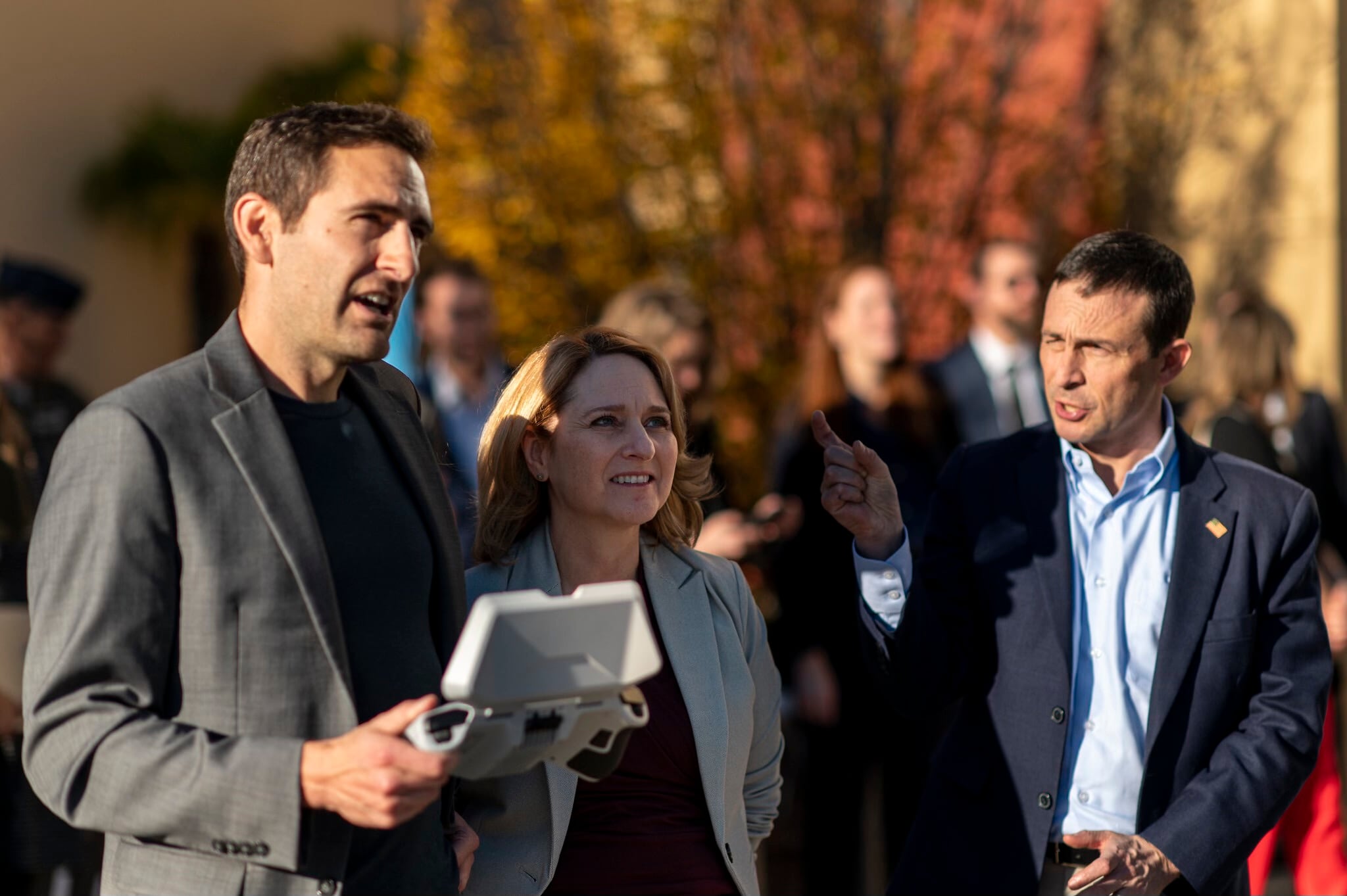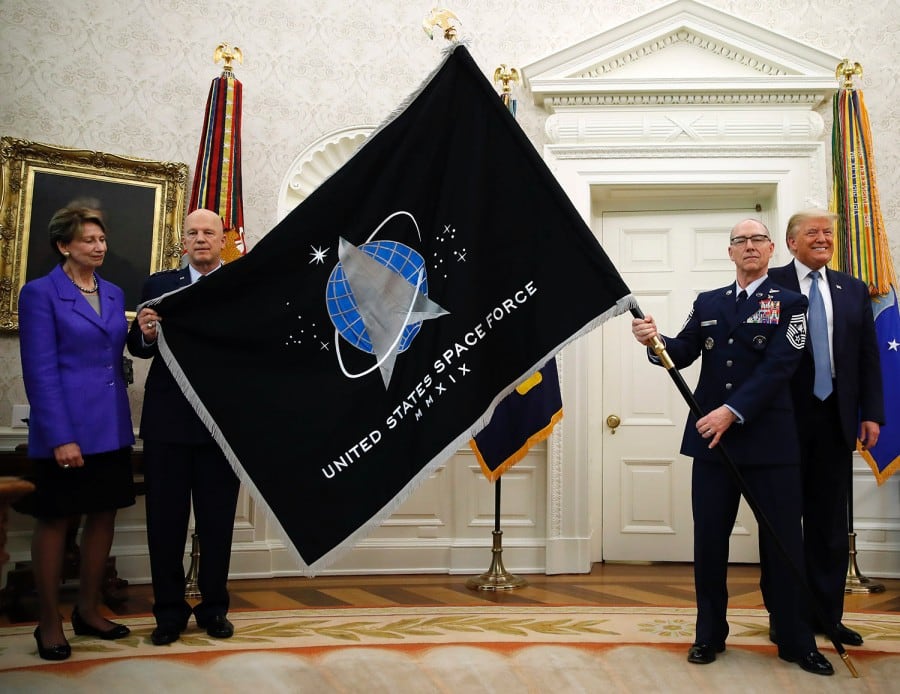As program executive officer for business and enterprise systems (BES) and director of the BES directorate at Maxwell Air Force Base, Gunter Annex, Ala., Robert Carl "Shof" Shofner acts as the chief procurement officer for the Air Force's business and enterprise systems. Those systems include enterprise resource planning and finance, medical, personnel, supply, maintenance, civil engineering – "all of the foundational business things that make the Air Force work," according to Shofner.
Enterprise systems in the Air Force cover a lot of ground – ground that has faced tough scrutiny in recent years after the service canceled the $1 billion Expeditionary Combat Support System (ECSS) in 2012. Congress condemned the failed software-based ERP, and across the military similar efforts also have struggled.
Shofner says the Air Force is putting ECSS behind them, even as officials and airmen alike continue to derive and apply lessons learned. Today the service is moving forward with new systems that keep the Air Force running and, according to Shofner, could save significant money.
In a recent interview with C4ISR & Networks senior staff writer Amber Corrin, Shofner talked about his job at BES, life after ECSS and what's next for the Air Force's business and enterprise systems.
C4ISRN: What's your office's mission? What are you responsible for?
ROBERT SHOFNER: Today it's almost all software applications. The best analogy is that it's like TurboTax, or web applications for banking. Those are the types of things we do. We build; sometimes we contract. We sustain once operational, and we maintain on the Air Force network. Our customers are all 600,000 Air Force personnel, and we make sure they can do the things needed to ensure they can fly planes, drop bombs, heal people, move money and everything else they need to do.
We have about a $1 billion budget, but we have authority or responsibility for about $34 billion in contracts.
Bonus: Learn about the challenges and key lessons derived from establishing a virtual desktop environment within the DoD. Thomas Sasala, CTO of the Army's IT Agency, will speak in a special free webcast on March 10. Click here for more.
C4ISRN: One of your biggest programs is the Defense Enterprise Accounting Management System. Tell us about that.
RS: DEAMS is revolutionizing the way we're going to do pay and handle finances for the Air Force. It's in initial operational testing and evaluating right now. We just had our Milestone C with [Frank Kendall, under secretary of Defense for acquisition, technology and logistics]. We're at 50 different locations across the globe with 4,000 users, and we'll continue to grow throughout this year and between now and 2017.
It's fundamental to the Air Force to be FIAR (Financial Improvement and Audit Readiness) compliant – two years ago we were struggling in terms of fielding and software stability. We've made tremendous progress.
Our next big milestone will be the full deployment decision, a call Mr. Kendall will make after initial operational testing and evaluation. Before that can happen we have to show the system is effective and suitable and meeting key performance parameters; then we can say we're comfortable rolling it out to the rest of the Air Force. So over two years we'll be going to individual bases and installing, training, doing the change management and getting to a point where we'll have 29,000 users. Right now it's going out in small increments, but when we go to full deployment decision, which is expected later this summer, that's when it will go to the rest of the Air Force.
C4ISRN: Defense Department ERPs have faced a lot of criticism after several high-profile failures, cost overruns and missed deadlines. How is the Air Force moving forward since ECSS was canceled?
RS: We've learned some key things in life after ECSS. Number one, it was too big and too complex. So we broke logistics transformation into bite size chunks. We've cultivated a team of acquisition folks who understand; we've centralized them to make sure we have core expertise in managing these types of activities; and we're keeping it stable. That was a big point of criticism, not keeping program offices stable.
Our users really stepped up. They've gone through extensive requirements-refining activities – another criticism was that we let contractors do a lot of requirements refinement. So users are doing that now in a big way. We also have a dedicated team working on enterprise infrastructure. That was something we didn't do well on with ECSS, approaching and understanding up front the infrastructure and potential limitations. So now we have dedicated teams for that. It's smaller chunks – more manageable.
Our maintenance repair and overhaul initiative, or MROI, is the first logistics transformation after ECSS, and the first major program where we're applying the lessons learned from ECSS. It's also the first program to go through the new process of how we generate requirements. The significance there is showing that transformation is key to the Air Force, and that it's a top priority even though we canceled ECSS. We have to transform logistics.
C4ISRN: What's the connection between your office and the business information technology analytics office. which Air Force Secretary Debbie Lee James stood up in January 2015?
RS: We went out and surveyed industry, including non-DoD industry like State Farm, ConAgra and Ford. We looked for new strategies to reduce IT spending. They told us if we don't have a dedicated office analyzing where we're spending money, we're only scratching the surface. Once we do, we can start being able to make strategic decisions to drive down costs.
It really set off the light bulb and we took it to Secretary James. We're already doing analysis to identify where there is waste, and it's already bearing fruit.
The IT business analytics office is part of broader Air Force cost-cutting initiatives Secretary James has discussed. We wanted to launch it as way to do better analysis of where we're spending money. It's evolved quickly – six months ago the secretary asked us to do the research, and in six months we went from doing research to standing up the office. It's a small office right now, only six people armed with notebooks, computers and lots of data. They're pulling data from across the Air Force and slicing and dicing.
One thing we've already found – we've been able to pinpoint places where organizations weren't using the strategic sourcing vehicle we have. When you compare prices, they were paying two to three times more than they had to. So once they saw that, they changed their behavior and saved themselves money. So that's an example.
C4ISRN: How does the IT business analytics office fit in with broader DoD and government-wide initiatives aimed at efficiencies and savings?
RS: It definitely fits into Better Buying Power, for one. Also, the Office of Management and Budget is pushing out a lot of information about efforts to do category management, and that's basically what we're doing. There's a lot of emphasis on IT, and a lot of interest in how category management can help us be better buyers of IT.
What we're doing is not a result from OMB, but it's absolutely in line with what we're hearing from them as well as the Strategic Sourcing Leadership Council. It's also very much in line with the Installation Mission Support Center under Air Force Materiel command – trying to drive efficiencies at every installation, every base. Today they're all managed individually, and we've done it that way for a long time, but that's not always the most efficient.
Like strategic sourcing, with buying in bulk you can get better value. Same thing with bases and providing goods, services and capabilities. So the Air Force stood up the mission support center to drive those efficiencies, and we're helping with that. They have designated us as IT category managers. There are category managers for civil engineering, medical, security forces and so on. The job is to look across installations and analyze in their area how to drive efficiencies. We were brought into the team and asked to look at IT and provide recommendations at installation level.
In a broader strategic scheme, where I want to get to is how do we help the Air Force prepare its program objective memorandum (POM)? We need to be providing information to Air Force headquarters, the major commands and anyone else so that when they build their POMs they can do it with good information on hand and know things like their IT refresh cycle.
I'm also confident we will be able to identify 20 percent cost savings. That would be huge for the Air Force. We're not there yet in terms of supporting the POM, but that's where we want to go.






